New circular puts ASEAN incentives in SMEs’ reach
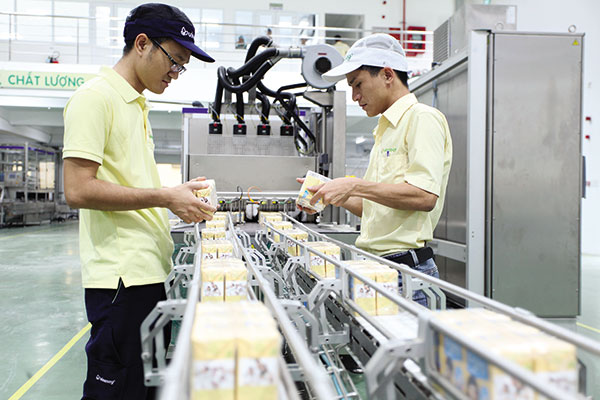 |
| A lowered bar for the self-certification of goods origin should open the ASEAN market to more local firms Photo: Le Toan |
The Ministry of Industry and Trade (MoIT) recently issued Circular No.27/2017/TT-BCT, which supplements and amends some items of Circular No.28/2015/TT-BCT, dated August 20, 2015 on the pilot implementation of goods-origin self-certification as per the ASEAN Trade in Goods Agreement (ATIGA), valid for four ASEAN markets, including Laos, the Philippines, Indonesia, and Thailand.
Self-certification of product origin (C/O) means traders may declare the origins of exported goods on their commercial invoice instead of C/O form D. As it currently stands, many businesses have to ask for C/O from management agencies.
Under Circular 28, an enterprise is allowed to conduct self-certification of goods origin if its total export turnover to ASEAN comes to at least $10 million, under C/O form D in the preceding year.
However, Circular 27, taking effect on December 6, 2017, removes this regulation, stating that a firm will be eligible to conduct product-origin self-certification if it is a small- or medium-sized enterprise (SME) or larger.
This means exporters in Vietnam operating at all scales (SMEs and over) are eligible for consideration to conduct self-certification of goods origin, so long as they can satisfy the other criteria required under the circular.
Under Circular 27, in order to be entitled to self-certification of goods origin, the trader must be the producer and also the exporter of the goods they produce. The trader also must not have committed violations against goods-origin regulations over the last two years prior to the date of application. What is more, at least one of the trader’s employees must have completed a training course in goods origin certification by MoIT’s Department of Export and Import or by a training institution appointed by MoIT.
Nguyen Ngoc Hung, sales representative from Viet Dung Trading and Investment Co., Ltd. in Hanoi, told VIR that Circular 27 has removed a tough criterion in Circular 28 that prevented many enterprises, his own included, from boosting exports to ASEAN markets.
“Many enterprises have been unable to self-certify their goods origin despite their total export turnover being marginally under the $10 million mark,” Hung said. “For our company, we wanted to self-certify our goods origin, but the regulation held us back.”
Dustin Daugherty, senior associate of pan-Asian consulting firm Dezan Shira & Associates, also told VIR that under Circular 28, it is “very hard” for the majority of Vietnamese firms, which are SMEs, to meet the criteria regarding eligible export revenue for conducting C/O.
“Even large-scale companies also find it difficult to meet the minimum export revenue of $10 million from ASEAN markets, since the main markets for Vietnamese export companies are non-ASEAN ones. The US, the EU, China, Japan, South Korea, Hong Kong, and Germany are among the top Vietnamese export destinations,” Daugherty said.
He added that, though there are still other criteria under Circular 27 that Vietnamese export firms must meet to become certified exporters, “the new amendment has created opportunities for all Vietnamese export companies, particularly SMEs, to access ASEAN market tariff incentives following ATIGA, and thus promotes exports, improving competitiveness and catching up with the global trend by allowing Vietnam to take advantage of other free trade agreements in upcoming years.”
Currently, only two firms in Vietnam are eligible to self-certify their goods origin within ATIGA, namely Vinamilk and Nestlé Vietnam.
According to the General Statistics Office (GSO), Vietnam’s export turnover to the ASEAN region hit $21.7 billion in 2017, up 24.5 per cent year-on-year.
At present, Vietnam’s major ASEAN importers include Thailand, Malaysia, Singapore, Indonesia, and the Philippines.
In 2017, Vietnam earned $4.7 billion from exporting its goods to Thailand, approximately $2.5 billion from Indonesia, $1.1 billion from the Philippines, and around $430 million from Laos.
GSO reported that in 2017, Vietnam suffered from a $6.3 billion trade deficit with ASEAN, the same as in 2016. Vietnam also saw a trade deficit with Thailand, Malaysia, Singapore, Indonesia, and the Philippines.
What the stars mean:
★ Poor ★ ★ Promising ★★★ Good ★★★★ Very good ★★★★★ Exceptional
Latest News
More News
- New Hope ceases Binh Dinh pig-breeding project (April 19, 2024 | 18:34)
- Localities get ready for fourth FDI boom (April 19, 2024 | 16:41)
- Japanese retailer Takashimaya to advance project in Hanoi (April 19, 2024 | 11:31)
- Carmakers go it alone on e-vehicle charging solutions (April 18, 2024 | 14:00)
- Need is urgent for e-vehicle charging infrastructure (April 18, 2024 | 11:00)
- Chinese electric vehicle names remain in pole position of market expansion efforts (April 18, 2024 | 09:00)
- Industrial parks within Vietnam keen on Taiwanese investment (April 17, 2024 | 23:00)
- Vietnam can emulate Taiwanese high-tech success (April 17, 2024 | 21:00)
- Capital influx from Taiwan builds up steam in Vietnam (April 17, 2024 | 19:00)
- Chip industry taking on new players (April 17, 2024 | 16:38)

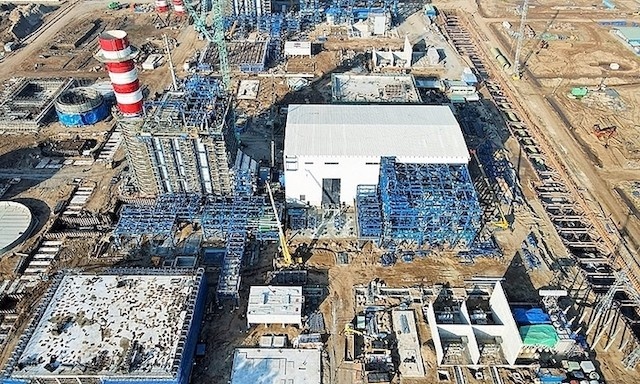
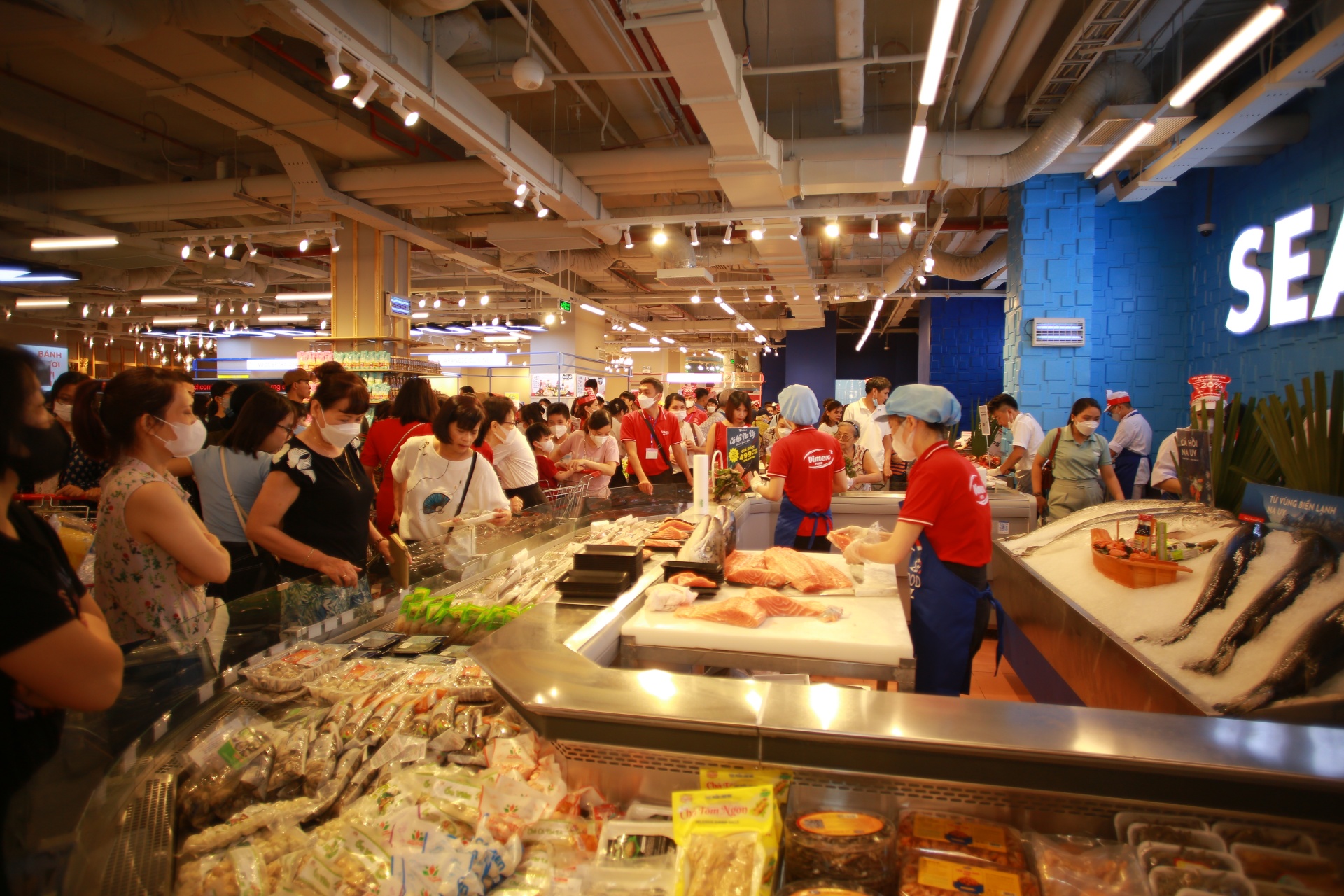
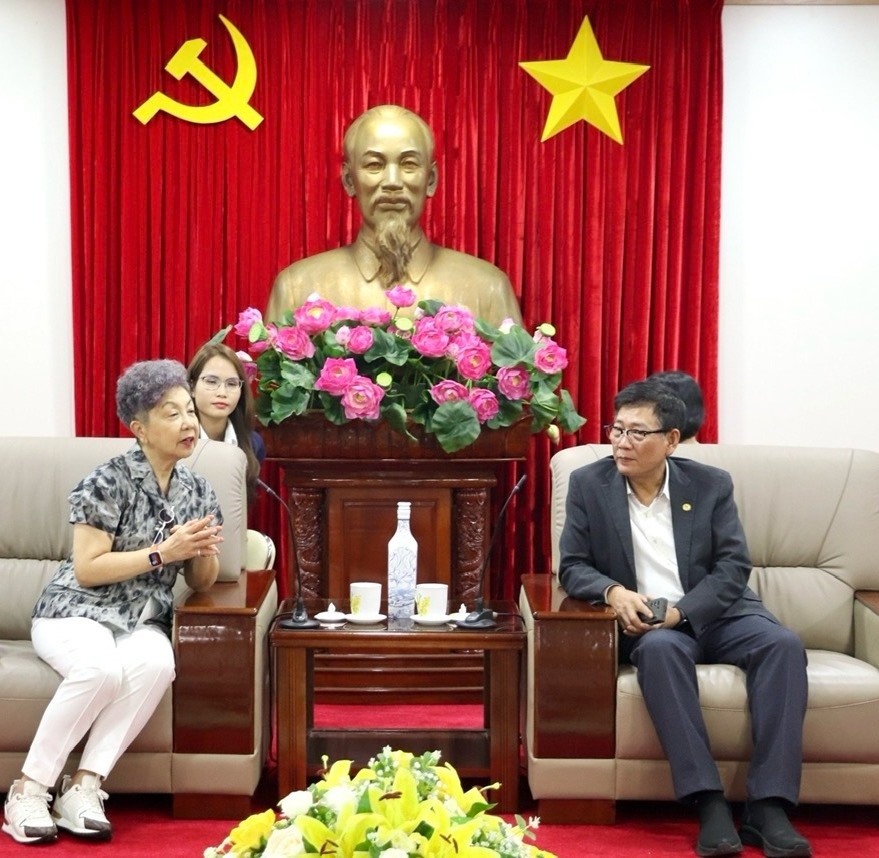

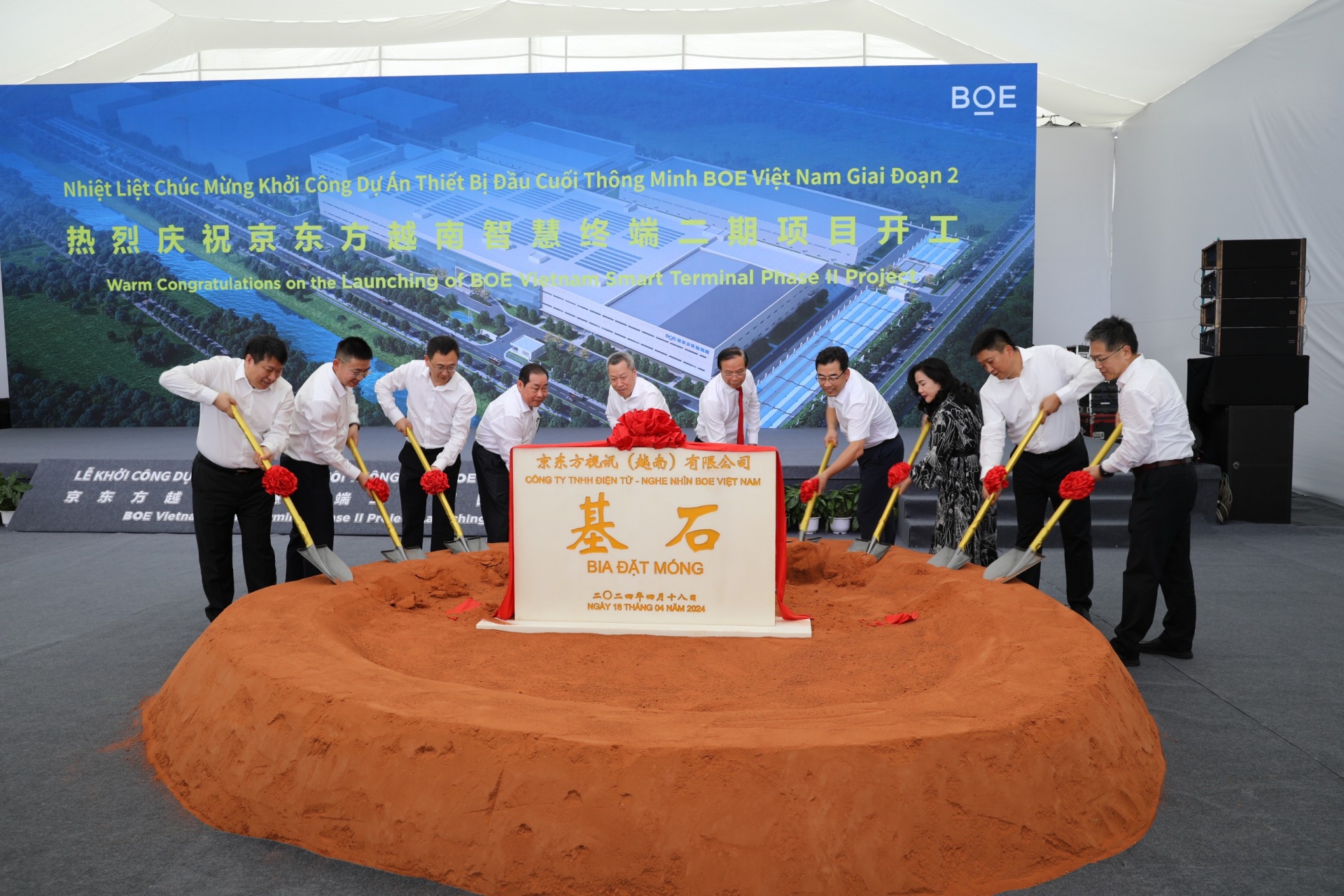



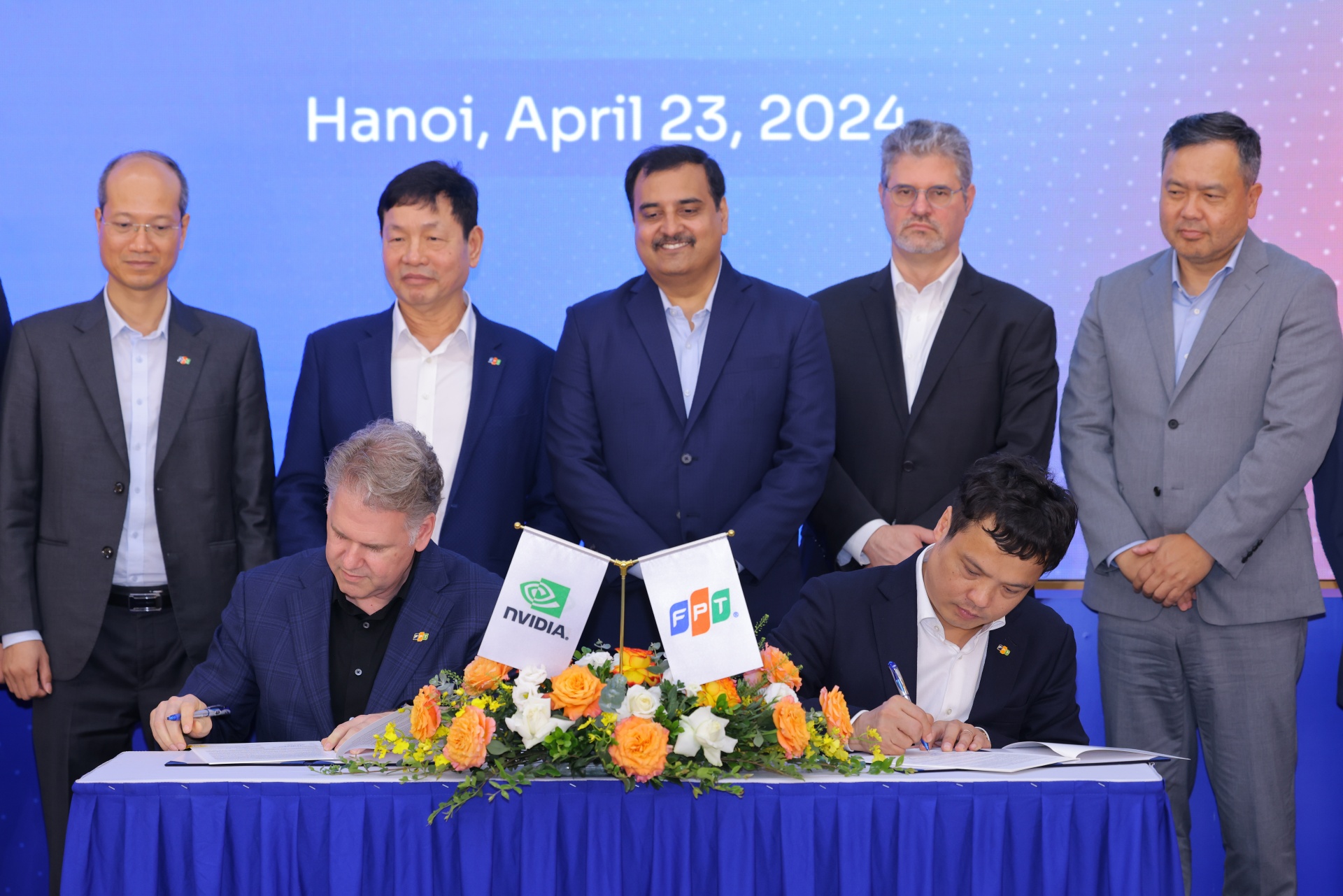
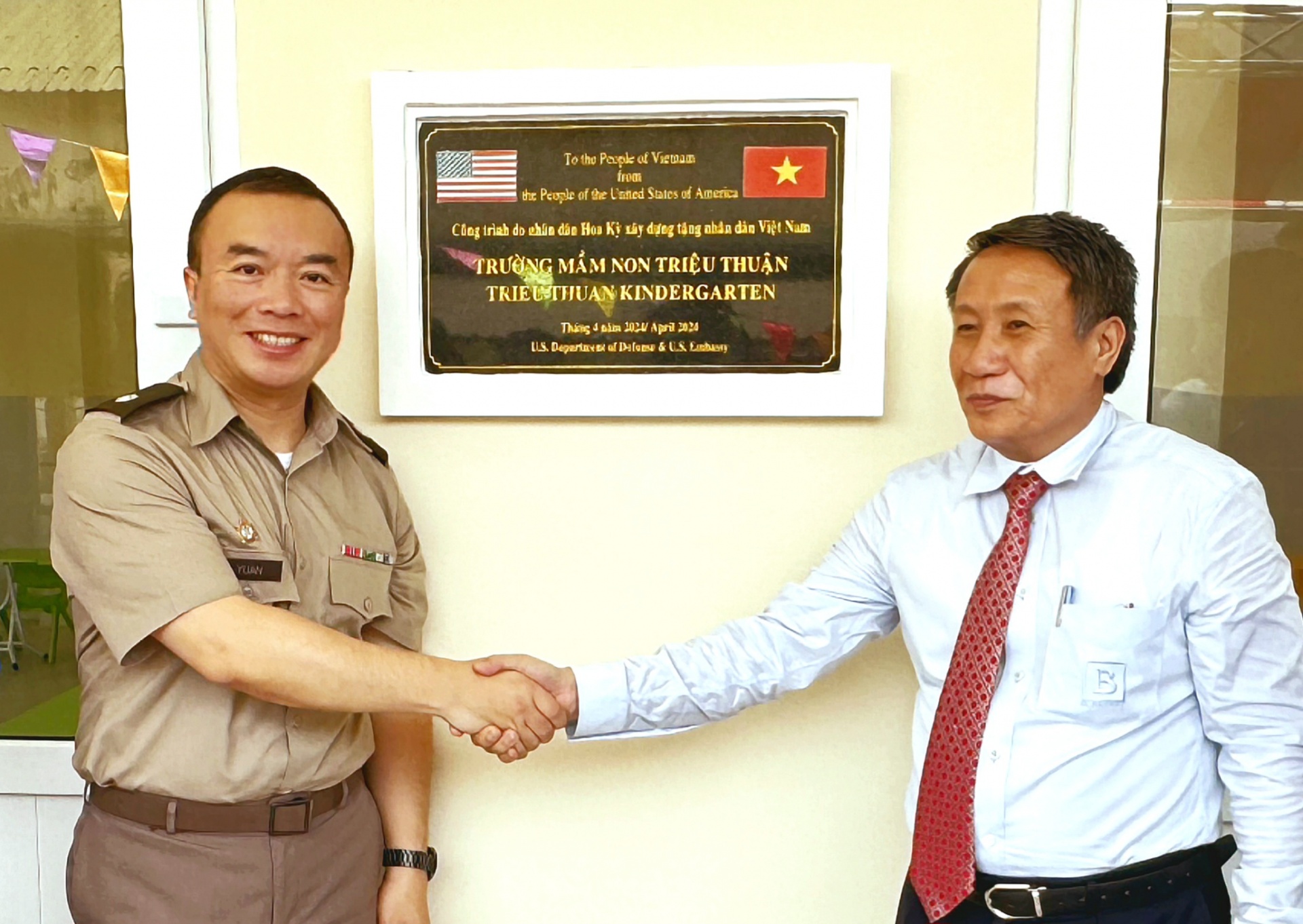
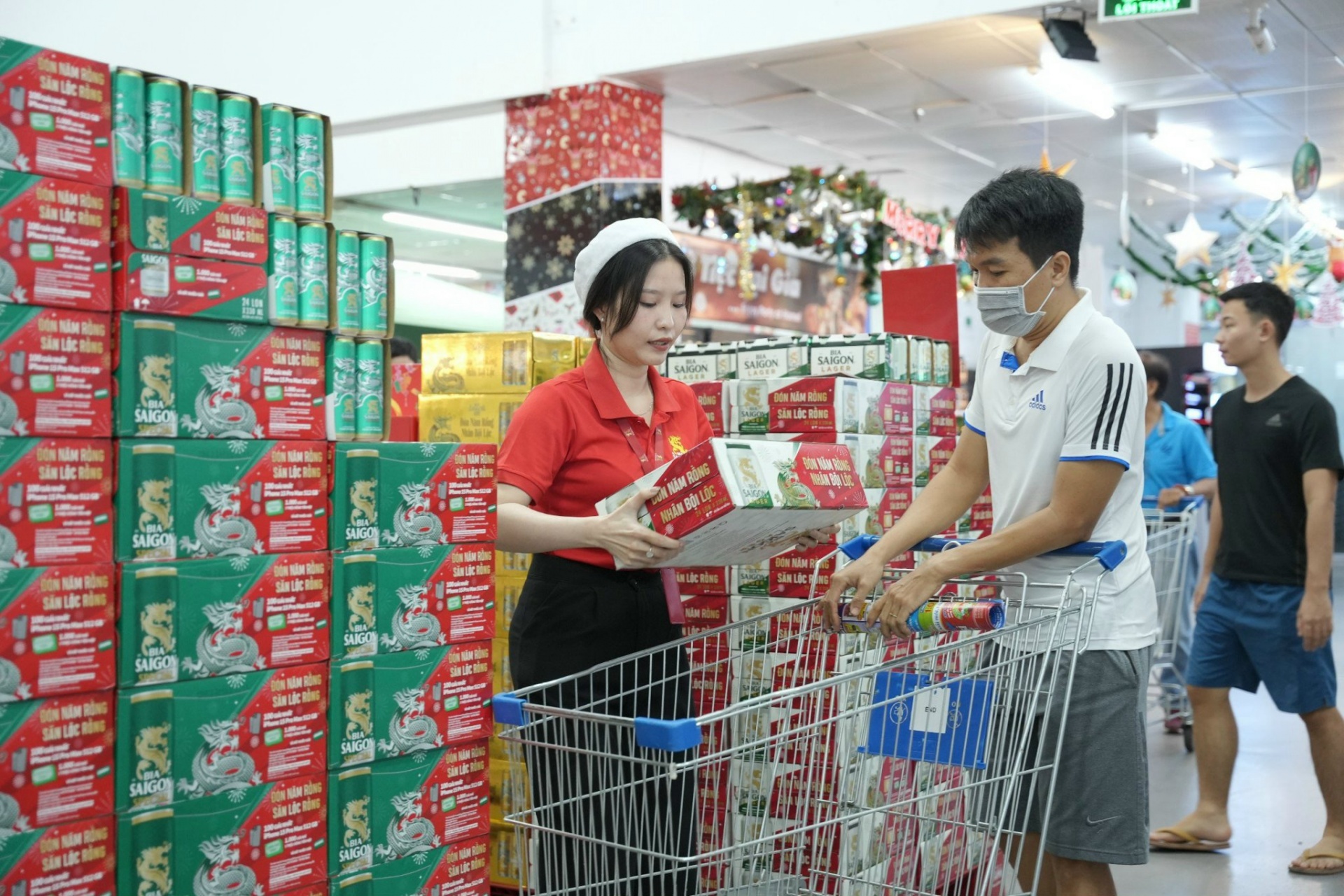



 Mobile Version
Mobile Version